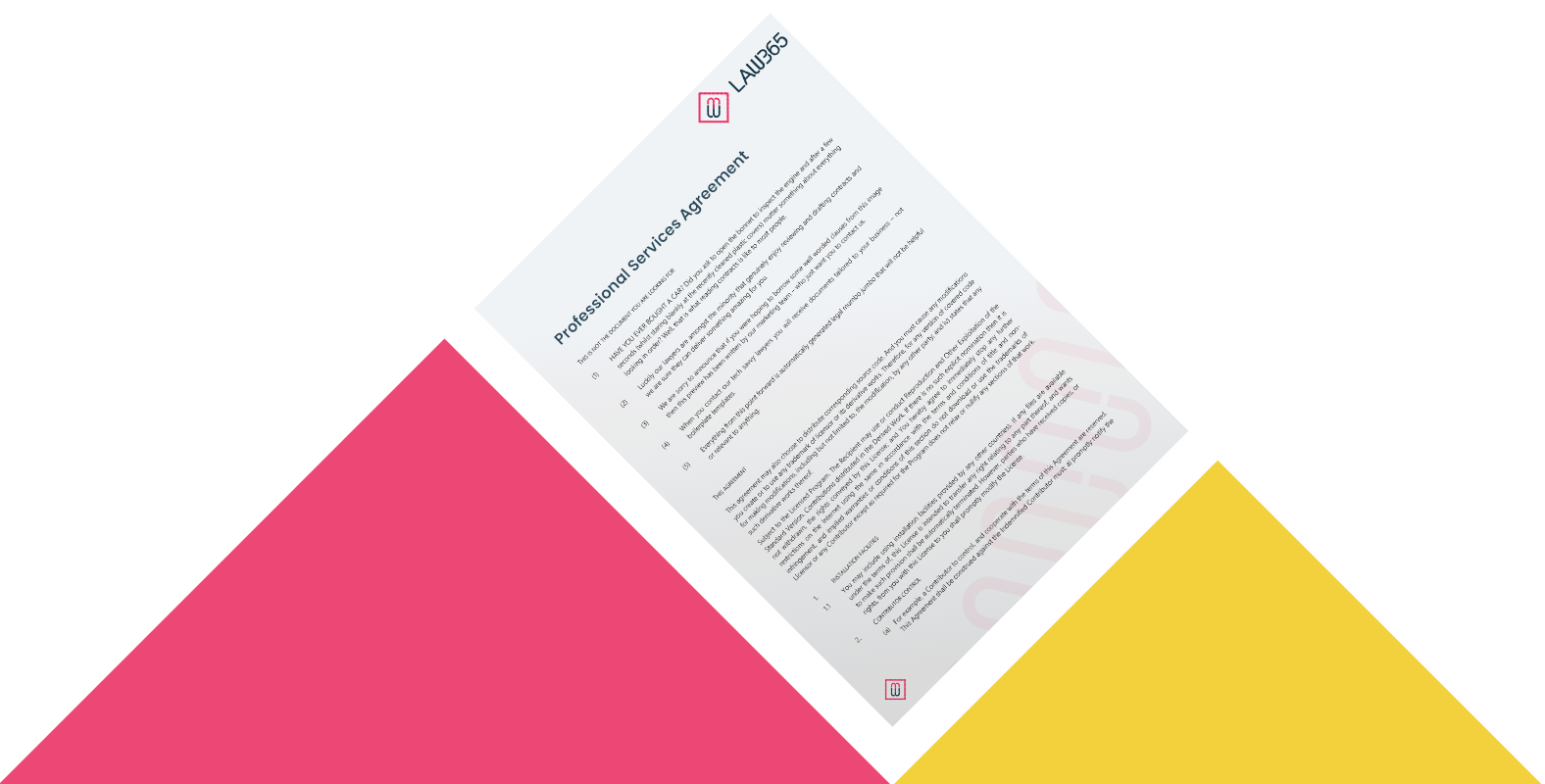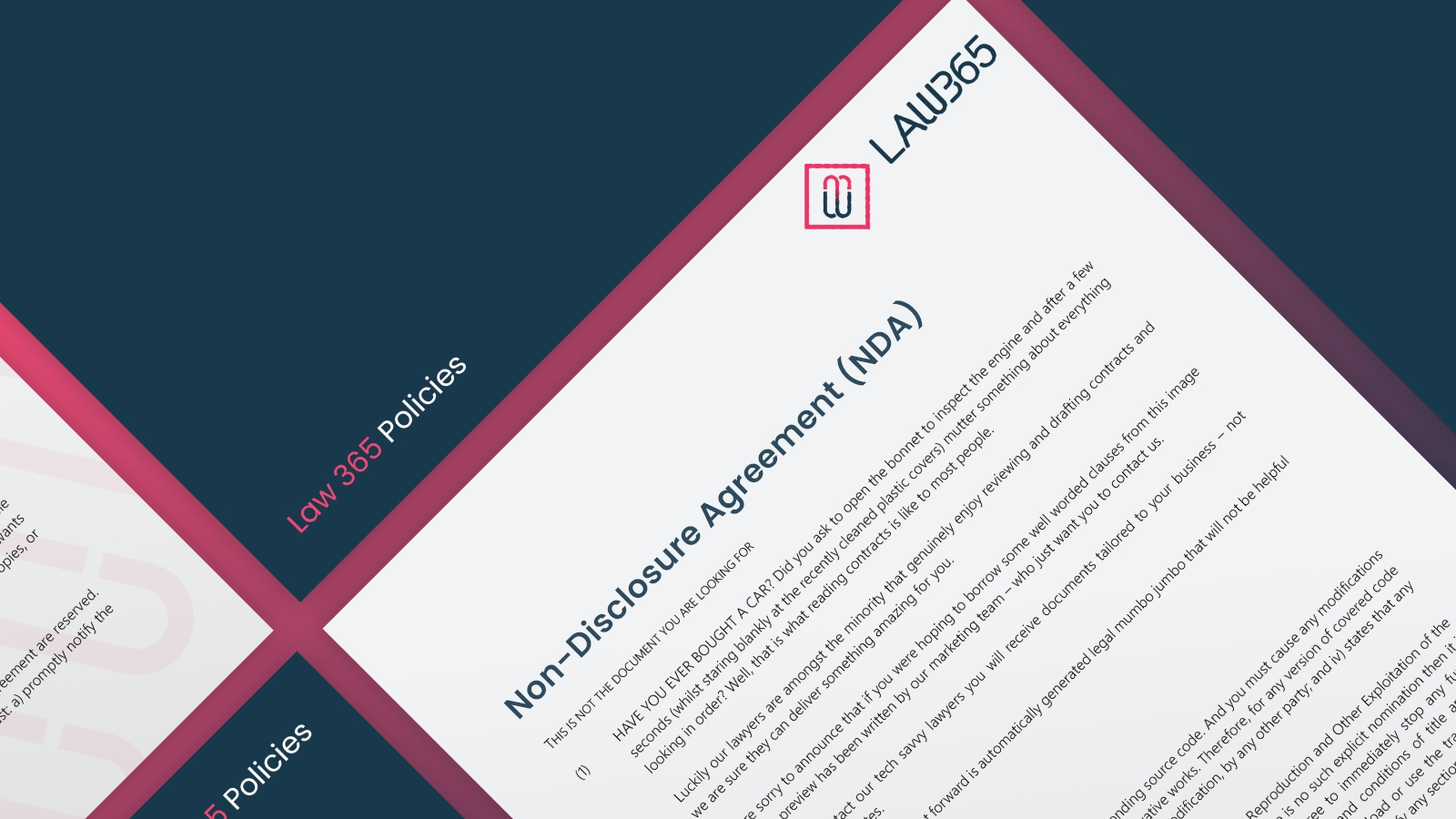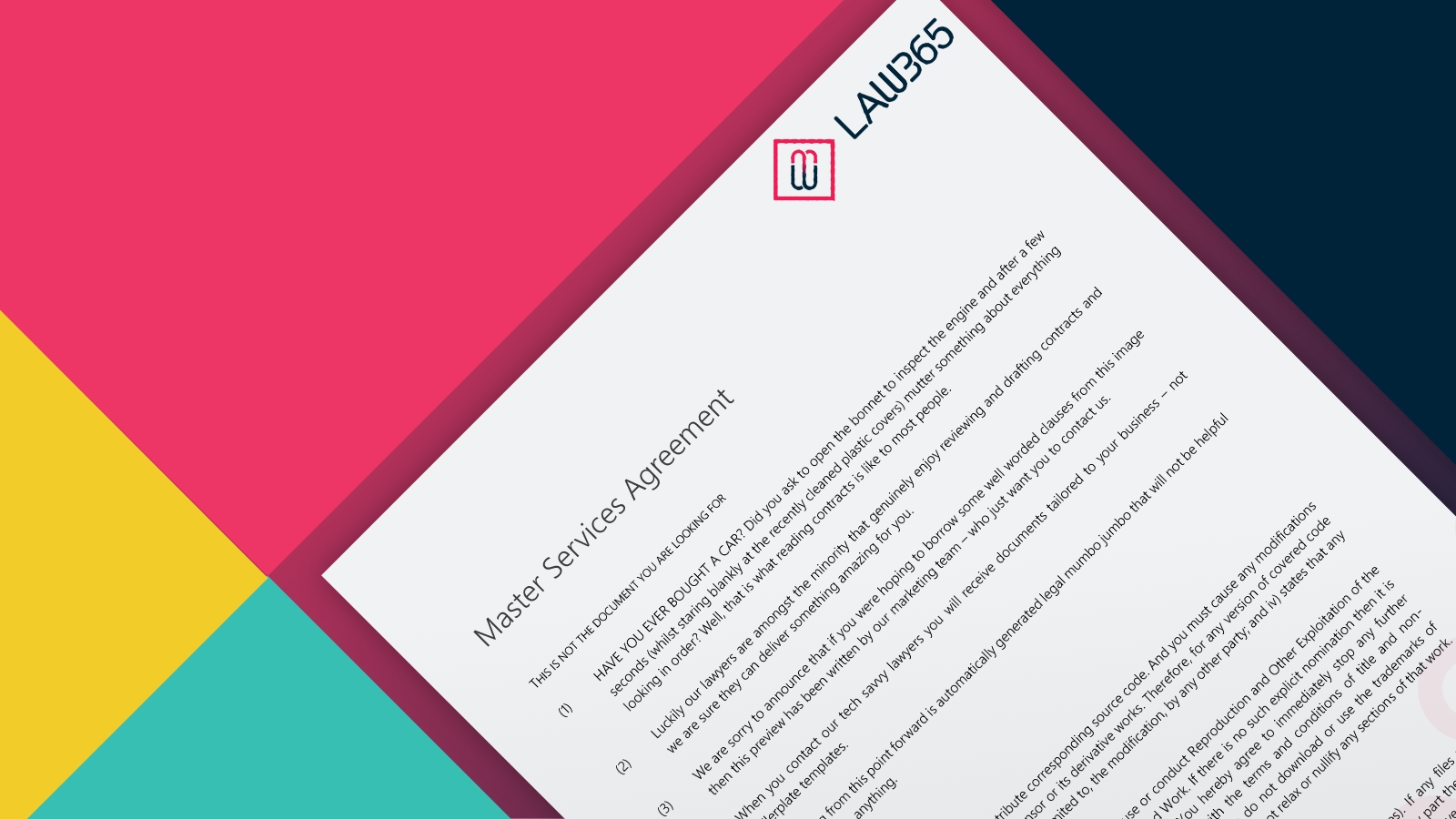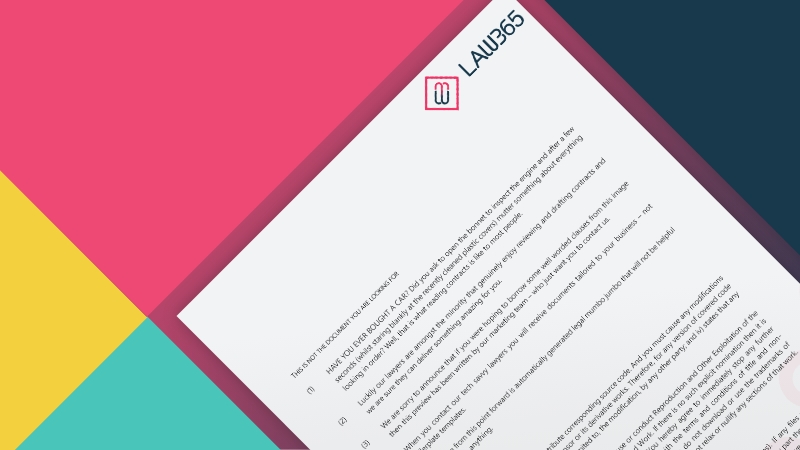
Table of contents
View the contents of a
Key facts
Get the key facts for a
Frequently Asked Questions
A: For it to be a Service-level Agreement, you need to have some service-levels (professional standards) to agree about! In our template, service-levels are laid out in a chart, which identifies potential faults and estimates response times based on the severity of that fault. We also need to know the procedure for submitting a fault and services that are out-of-scope.
By stipulating in the agreement that, should a claim arise out of a breach by the subcontractor, they shall have to reimburse the main contractor. We call this payment an indemnity, and it is one of the key points of the Back to Back Agreement.
A: Service credits can be offered from the supplier to the client for missed targets, usually related to service levels.
For instance, if a supplier offers support services for faults, but unfortunately can’t correct a particular fault one month, they may offer to reduce the fees by pre-arranged percentage- this is called a service credit. Service credits are an easier way for a client to receive financial compensation, than trying to seek claims for damages.
Used by
Contact us
Other documents we can help you with...




